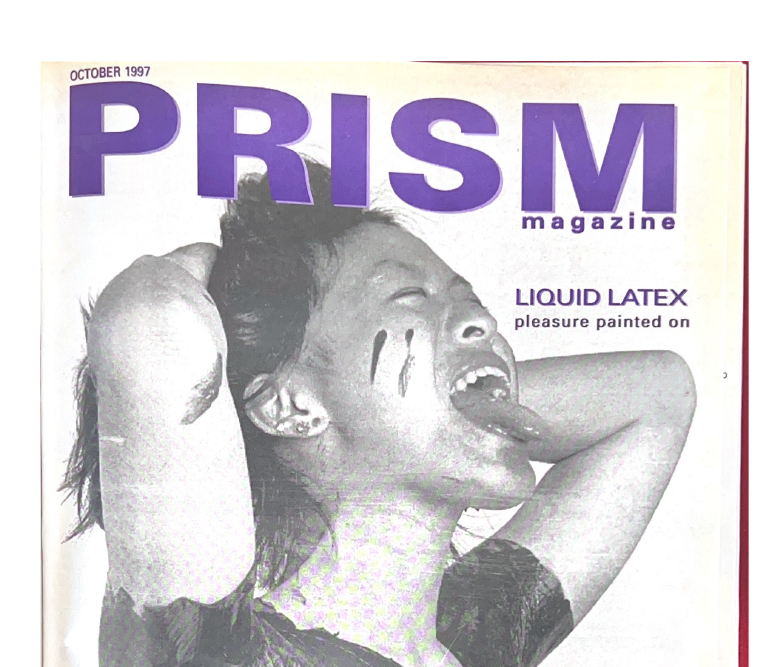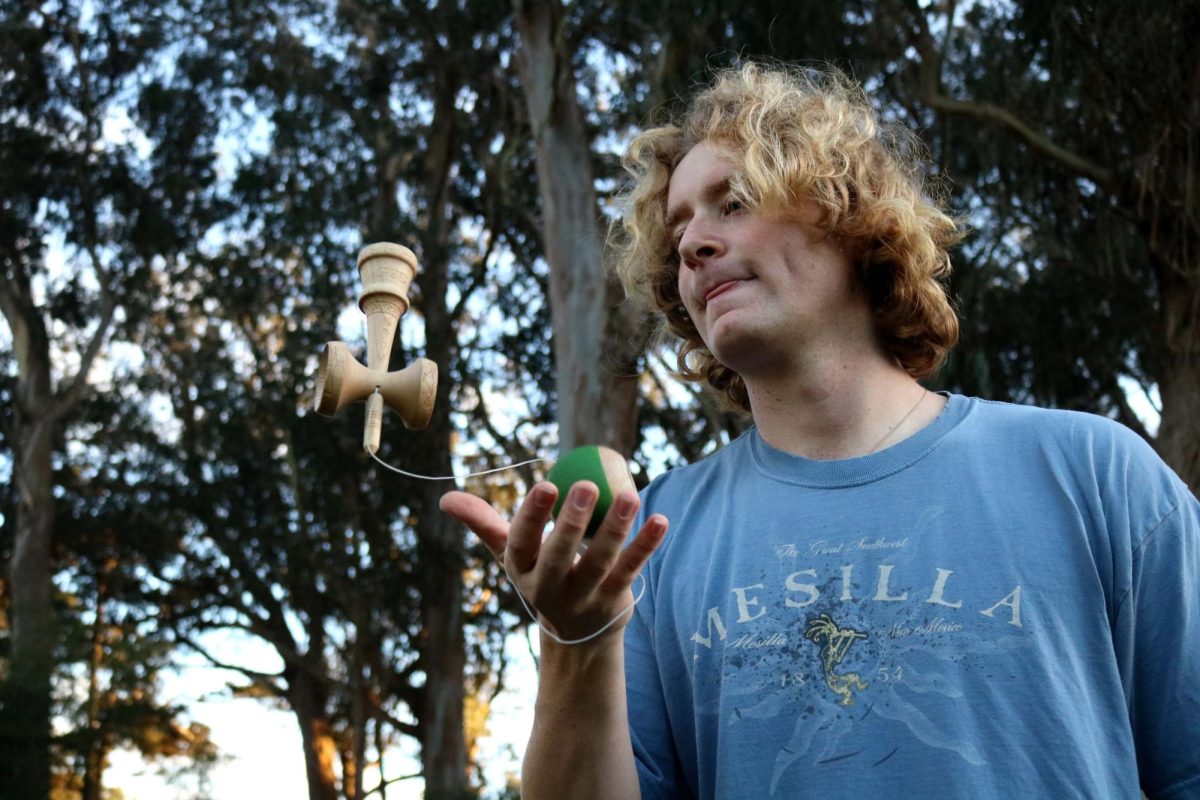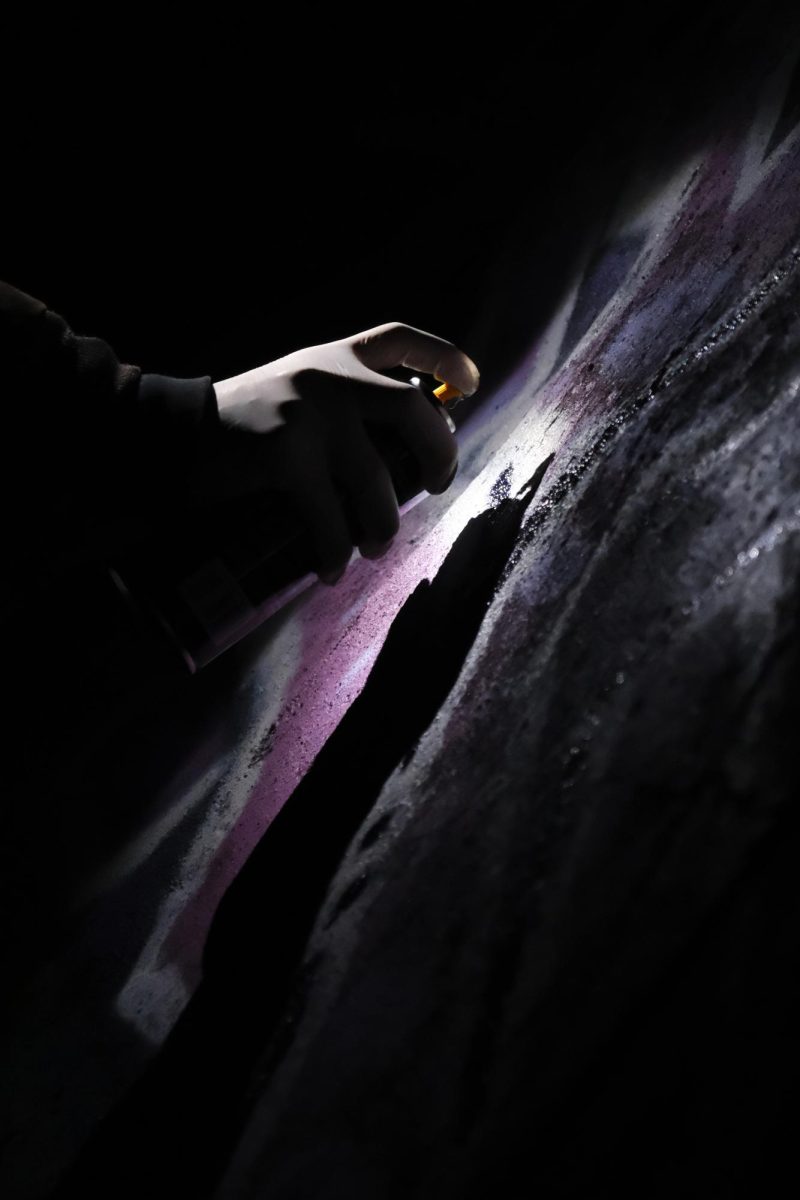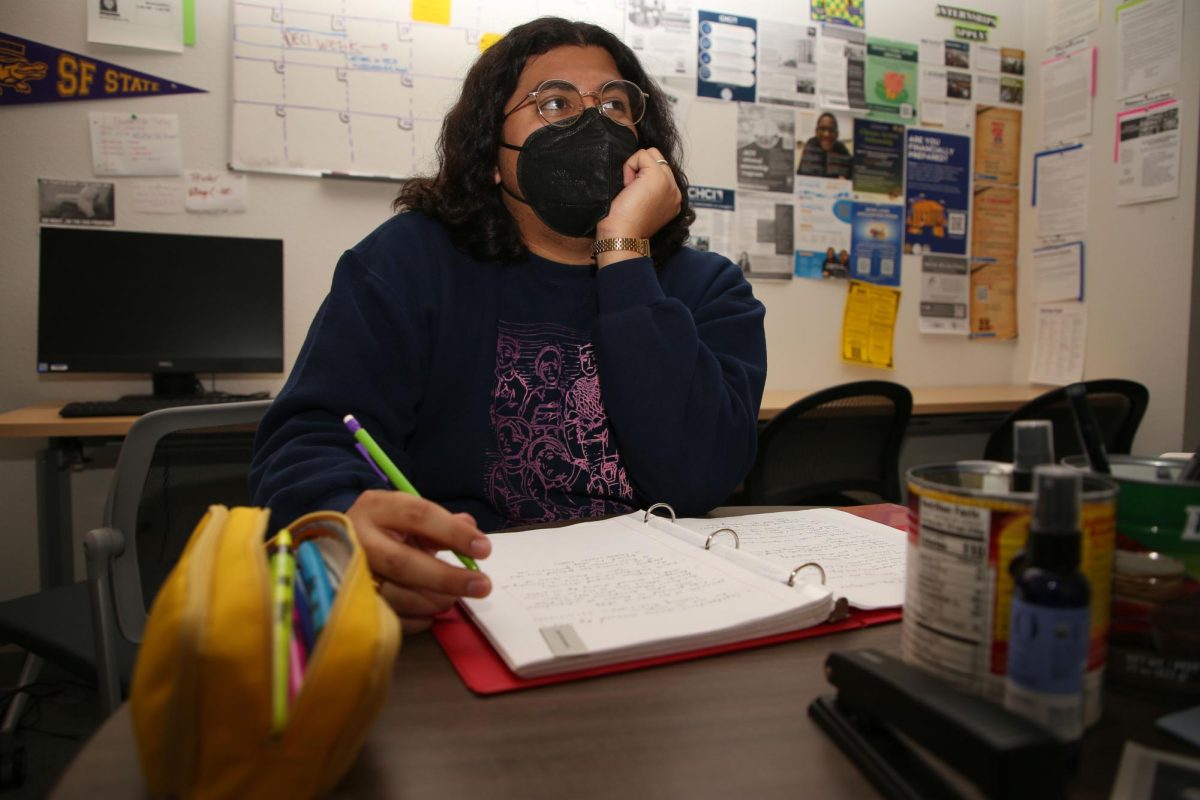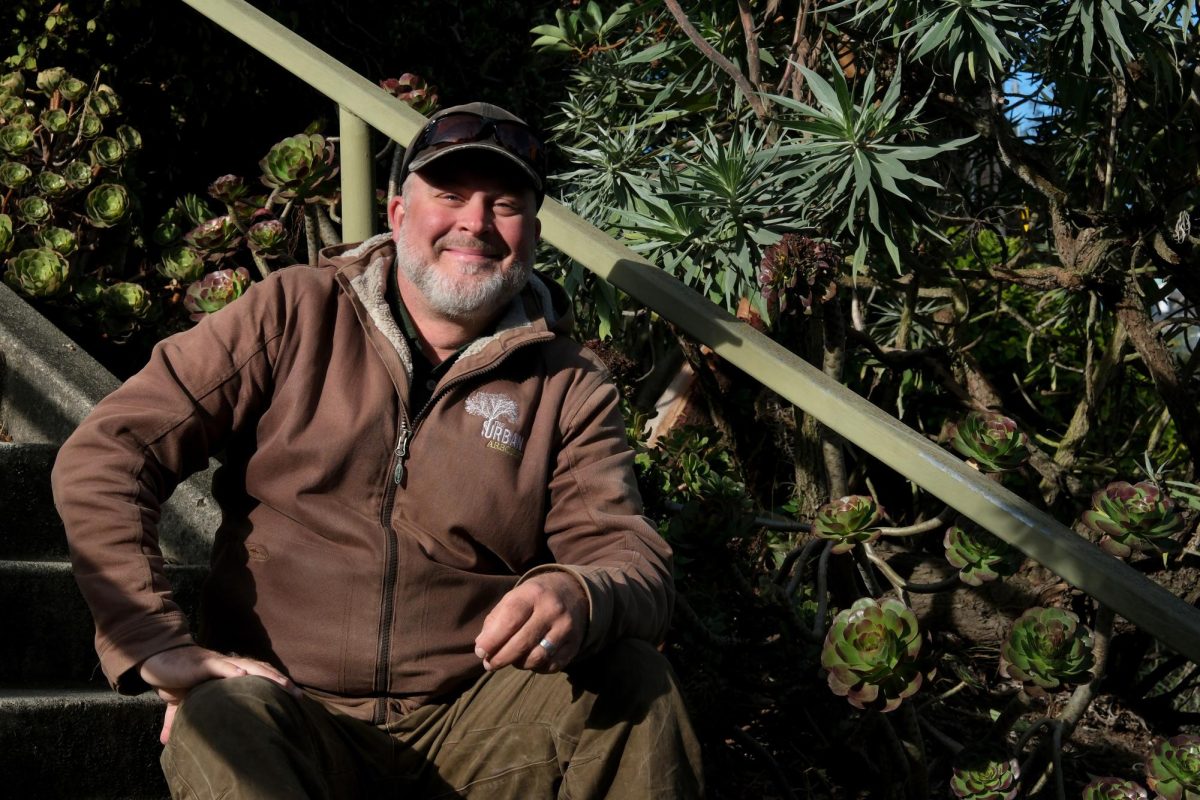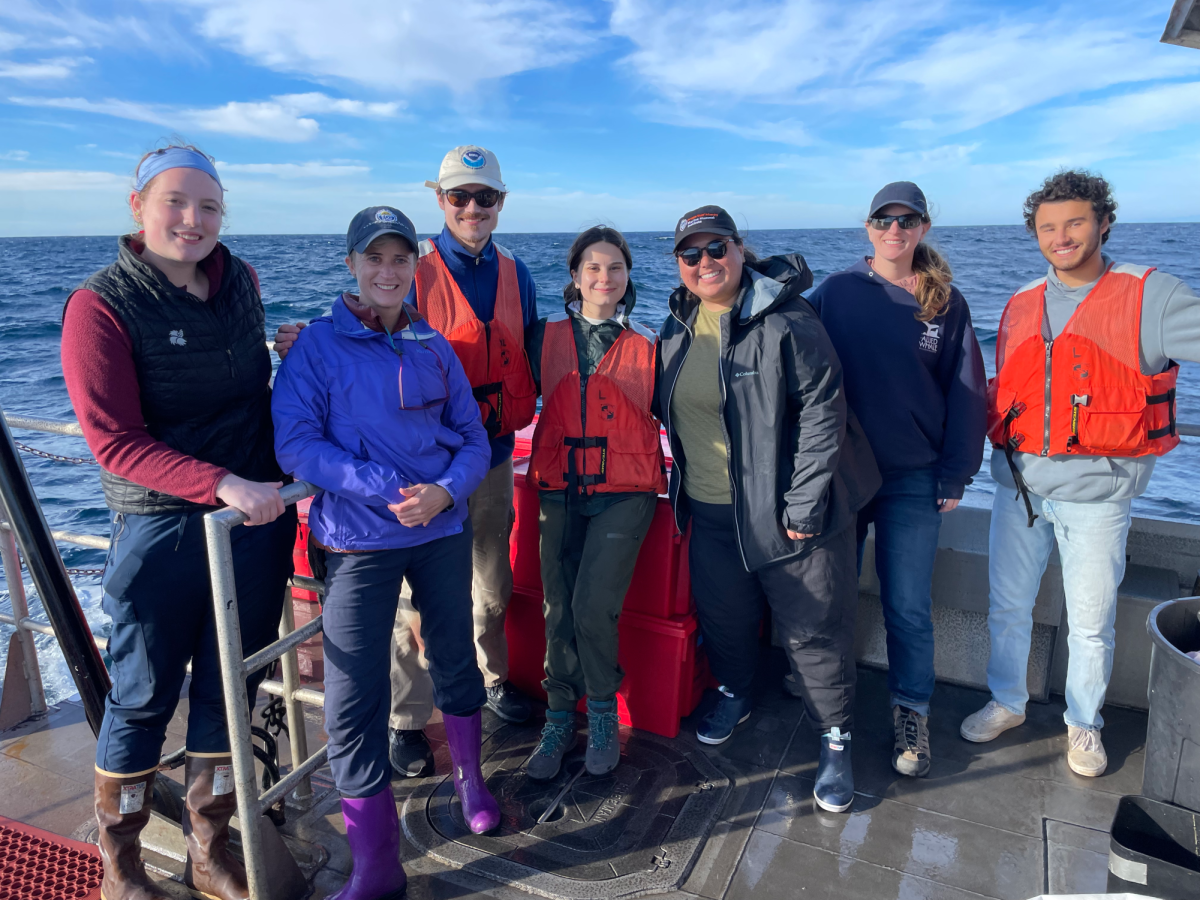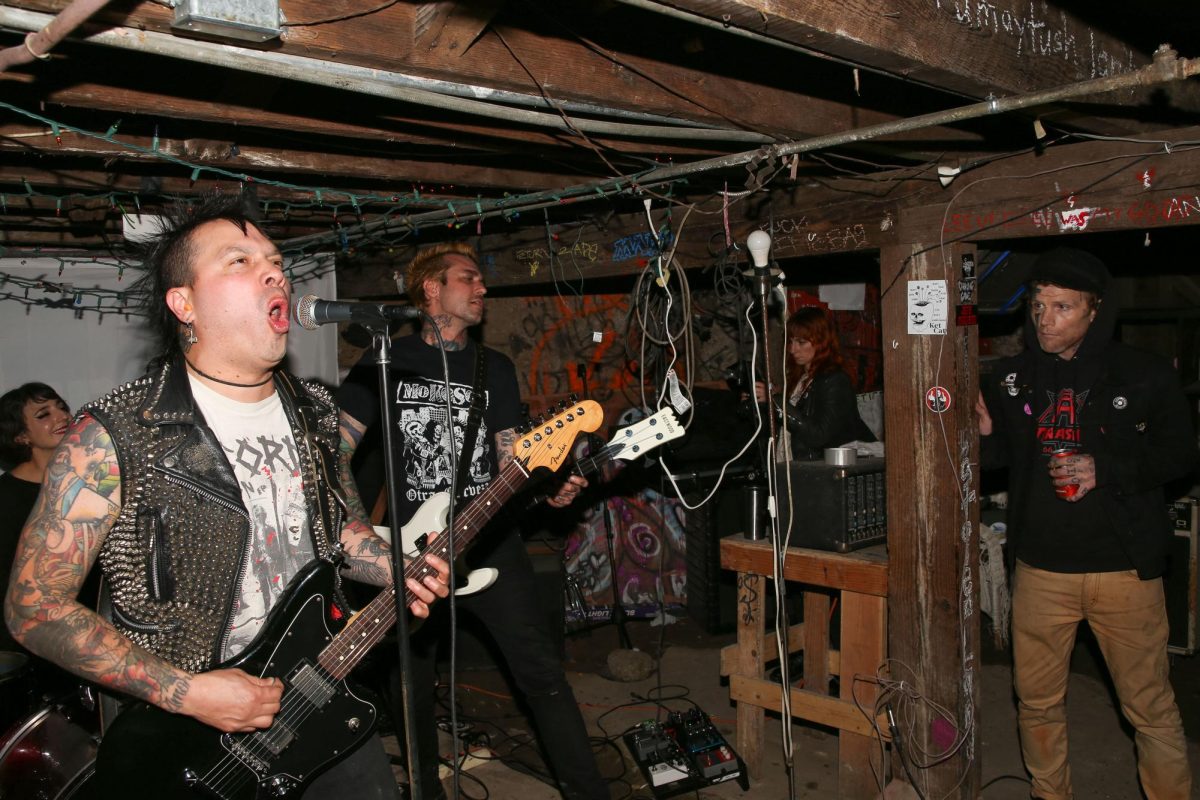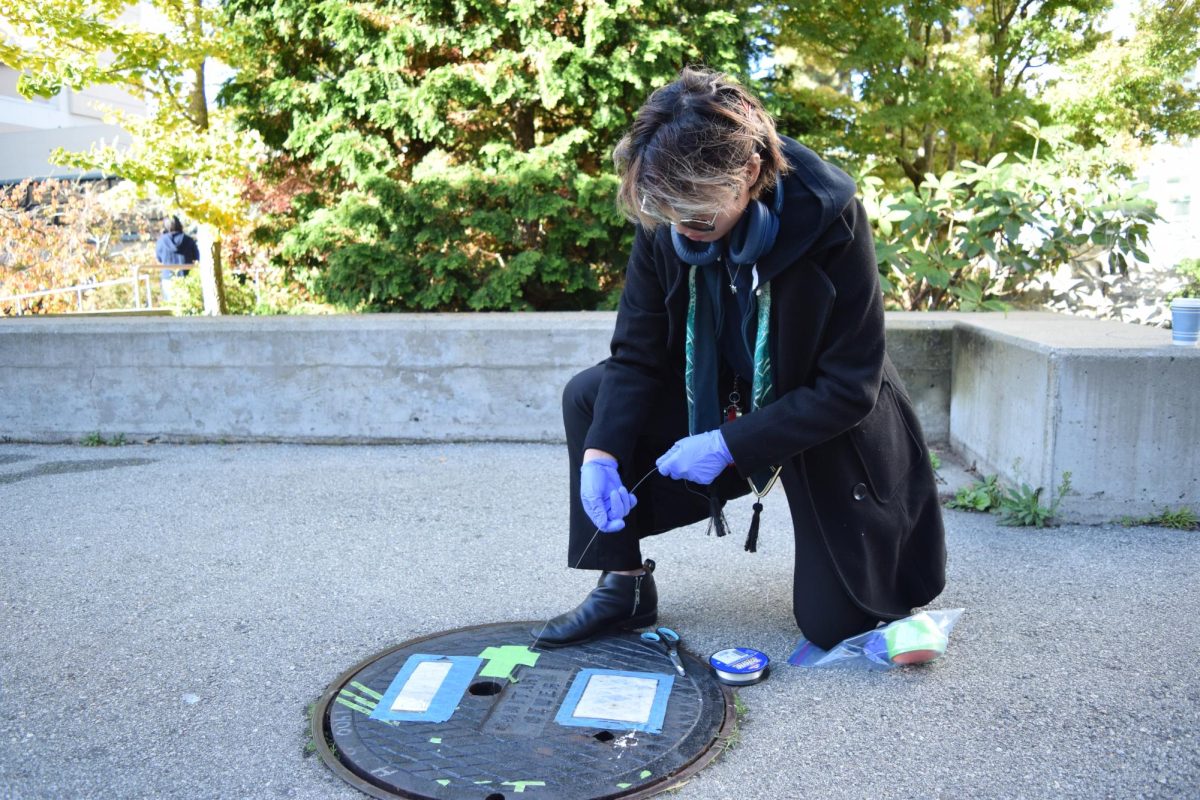| TRIGGER WARNING This article or section mentions suicide, which may be triggering to survivors. |
Cocktails, laughter, friends and movies. Everything about the night was typical and telling of a girls night in. However, there was something hidden from the light-hearted fun. What the ladies did not know was that one of their friends had been very certain about one thing at that point in time: that she was going to take her own life.
On the topic of suicide most people, who generally have no clue what it is like to have to have a mental illness, believe the easy answer is asking for help. An accusing, “Why didn’t you say anything?” commonly follows, and is often easier said than answered. The truth is that most people do not even know where to begin asking for help.
During the winter break, this is what San Francisco State University student, Farley Moore, experienced after attempting to take her own life.
Let’s just be honest here, college is hard, life is hard… and sometimes things become too much. It’s nice to get things off your chest and vent to a close friend or family member. That was a normal occurrence for Farley and roommate Ashley Nerland.
“There was definitely talks about wanting to end things, from my point of view and from hers… I didn’t really think ‘she’s more serious than she is putting off’, no one realized that it was that serious,” Ashley explains.
To those who are unfamiliar with mental illness, who have not personally struggled or known a friend or family member who dealt with this daily, often wonder what it takes to get to this point. And truthfully, there is no concrete answer. It depends on the person.
According to National Data on Campus Suicide and Depression, a study by the American Foundation for Suicide Prevention, suicide is the second-leading cause of death among twenty to twenty-four-year-olds. And more than sixty percent of people who die by suicide suffer from major depression. However, that was not Farley’s case.
“It was more like giving up as opposed to depression building up over time,” Farley elaborates, while sitting comfortably on her bed with her legs crossed.
Farley, like many, experiences intense anxiety. Things began to take a turn when an ex-boyfriend reached out to her, saying that he wasn’t going to speak to her again, after making it seem like they were on the road to getting back together at the beginning of December.
“When I have anxiety I don’t eat, I feel like I can’t breathe and my stomach hurts,” Farley explains. “I get panic attacks, my palms are sweaty and I just can’t focus on anything else.”
A study by the American Psychological Association says that anxiety is a top concern among college students with forty-one percent affected, and depression is second in line with thirty-six percent.
[foogallery id=”14918″]
“When it comes to anxiety there is more to it than people realize; it stems back to the earliest stages when we’re beginning to make different attachment bonds,” explains Nadine Agosta, a Childhood Development professor.
Her earliest memories of anxiousness began as early as eight-years-old, and involved traveling with her mom, who had a tendency to get upset when things did not go right or if given a wrong direction by mistake.
“…if your caregiver doesn’t make you feel good, it can lead to an insecure attachment, thus leaving a child to question ‘what’s wrong with me?’” Agosta continues.
“From there… it just spiraled,” Farley says looking off into the distance.
The anxiety resulted in four consecutive days of no food, eventually just over thirty pounds lost in two weeks, and a feeling of complete and utter hopelessness.
“I didn’t really know how to ask for help, so this was sort of my cry for help,” Farley takes a deep breath.
Ashley eventually contacted 911 after Farley admitted that she had been continually throwing up all night not from going too hard with the drinking, but from mixing numerous pills, such as hydrocodone and Prozac, with alcohol.
Fast forward and Farley is in the company of many adults who suffer from extreme mental illness that keep them from interacting with society at Mills Peninsula Health Center in Burlingame.
“Farley did not belong there, was my first thought,” Ashley recalls.
Being just one year over the age limit meant that she could not be in the youth area, which she felt would have been more her speed.
Fast forward a couple of days and Farley is out of psychiatric care and is set to have therapy meetings that would determine if she would need long or short-term care.
Following her being able to leave the hospital, both Farley and her friend Ashley got matching tattoos of a semicolon, which represents suicide awareness through a message that conveys life continuing.
Semicolon tattoos began in 2013 with a movement called Project Semicolon, started by a woman named Amy Bleuel. The project offers a platform for people to share their stories and aims to reduce instances of suicide all around the world. The semicolon is a symbol that illustrates where a sentence could have ended, but instead the author chose to have it continue.
Whether by finding people who relate to how you feel, seeking mental refuge in close family and friends, or professional help, the resources to help people create their own theoretical semicolons are out there.
On campus, counseling is offered Monday through Thursday 8 a.m. to 7 p.m., and till 5 p.m. on Fridays. There are also various groups offered that are geared toward more specific topics: Feel Better workshops, and Self-Empowerment to name a few.
“They [social workers, and therapists at the hospital] didn’t seem understand properly and asked a lot of surface level questions,” Farley describes what it was like in the psychiatric center.
After having gone through this experience Farley is considering being an advocate for mental health, or someone who works at a psychiatric hospital instead of going to law school with her eventual Political Science degree.
“I can relate personally so I would be able to ask the right questions, ones that get to the root of the problem, whereas they are just checking for your state of mind right now.”
Some of those surface level questions included ‘rate your anxiety on a scale of one to ten?’
“Well what is a one to you, if you yourself have never experienced anxiety or mental illness?” Farley questions.
As painful as the experience was for not only her, but the people in her life, she believes that it was necessary in order to get the help that she needed.
Photography by Adelyna Tirado/Xpress Magazine


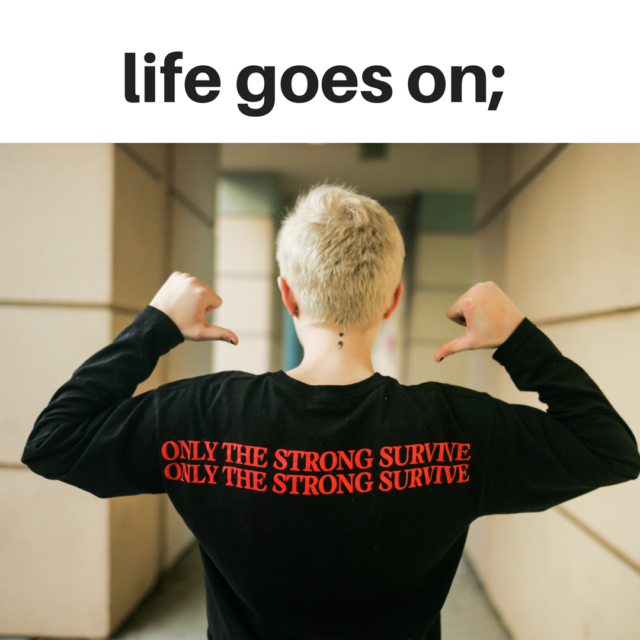
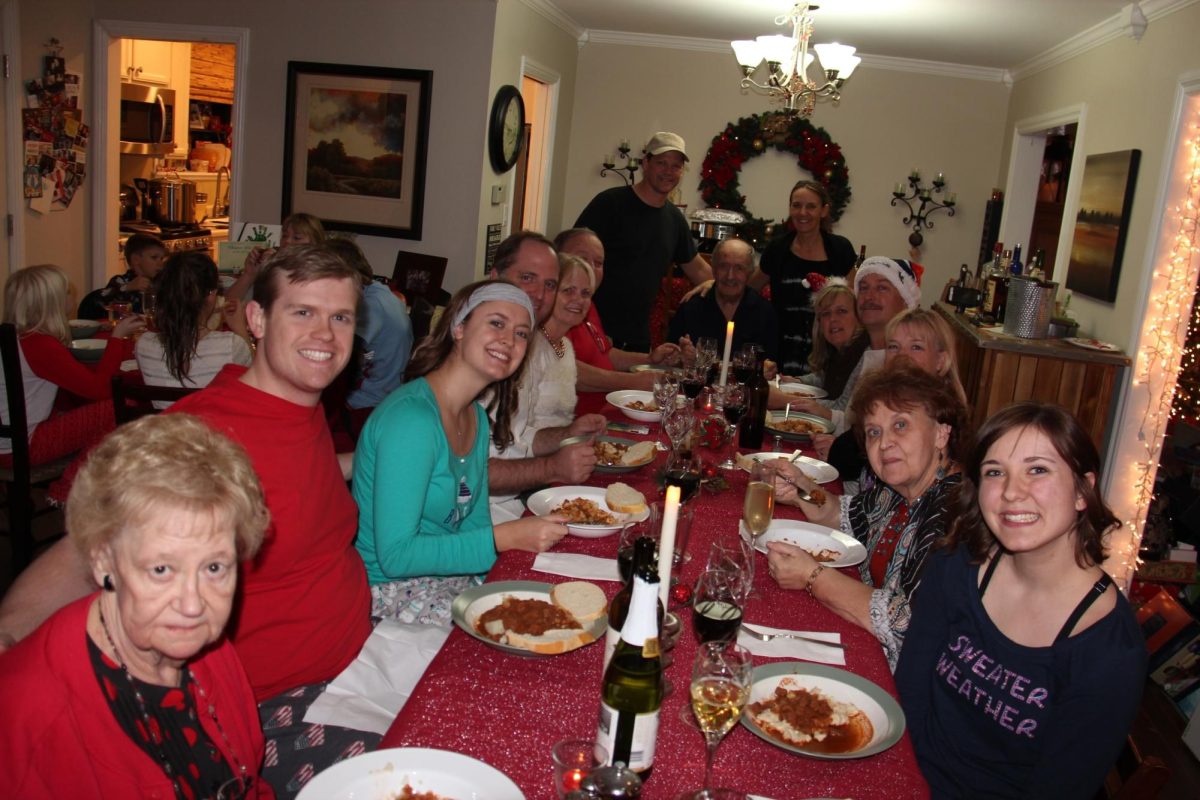

![[From left to right] Joseph Escobedo, Mariana Del Toro, Oliver Elias Tinoco and Rogelio Cruz, Latinx Queer Club officers, introduce themselves to members in the meeting room on the second floor of the Cesar Chavez Student Center.](https://xpressmagazine.org/wp-content/uploads/2024/03/mag_theirown_DH_014-1200x800.jpg)
